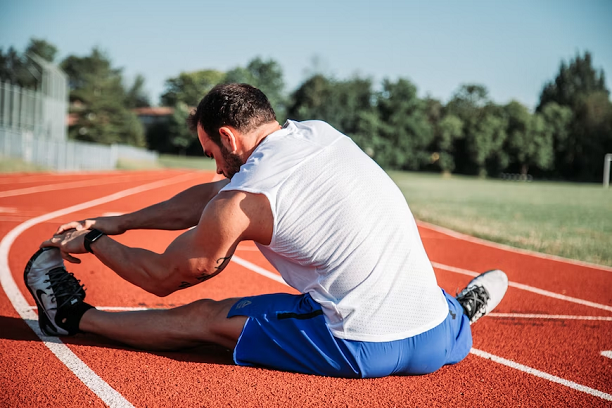Sports injuries can be incredibly painful and disruptive, leaving you unable to participate in the activities you love. With proper treatment, however, many sports injuries can be healed quickly and effectively so that you can safely return to your favorite sports or activities. So here’s an overview of what steps should be taken if you sustain a sports injury – how to identify potential symptoms, the importance of seeking medical attention as soon as possible after an injury occurs, and strategies for prevention and recovery. By understanding these steps better, athletes at all levels can reduce their risk of suffering a serious injury while also improving their chances for successful healing and rehabilitation.
1. Visit A Medical Professional
Even if you suspect that the injury is minor, it’s important to see a medical professional right away. Your doctor can evaluate your condition and provide advice on treatment options as well as any necessary rehab or other follow-up care. An orthopedic surgeon or sports medicine specialist may also be able to provide additional expertise. When searching for Orthopaedic surgeons in Frisco, consider those that specialize in sports injuries. This way, your doctor will have the right knowledge on how to diagnose and treat your injury.
2. Follow Your Doctor’s Advice
Your doctor may order tests such as X-rays or an MRI to make sure they get a clear picture of the extent of the injury. They may also recommend rest, immobilization with a splint or cast, physical therapy, medications, and other treatments. In some cases, surgery may be necessary to repair the damage. Whatever the case may be, it’s essential that you follow your doctor’s instructions on how to care for your injury and what activities are safe for you during recovery. For example, if you have been told to avoid certain activities, it’s important that you follow your doctor’s orders. Not doing so could result in more serious damage and a longer recovery time.
3. Prevent Future Injuries
Once your injury has healed, it’s important to take steps to prevent further injuries. This includes things like strengthening exercises and stretching before any activity as well as proper warm-up and cool-down sessions after exercise. It’s also a good idea to wear the right safety equipment (such as helmets or shin guards) when engaging in high-impact sports activities or playing on hard surfaces like concrete or asphalt. Other preventive measures include getting plenty of rest, eating a healthy diet, and avoiding risky behaviors like drinking or using drugs.
Plant-Focused Diet
Preventing injuries is about more than just physical activity. Eating a plant-based diet can help your body stay healthy and reduce inflammation, which can lead to injury. A balanced vegan or vegetarian diet can provide all the essential nutrients needed for optimal health without consuming animal products. Incorporating plenty of fresh fruits and vegetables into your meals can help you get the vitamins and minerals required for strong bones and muscles, while also reducing the risk of chronic diseases like heart disease and type 2 diabetes.
Warmups
Another way to reduce your risk of injury is by warming up before each workout or sports activity. A warm-up helps increase blood flow and body temperature, which can help to protect the muscles and joints from damage. Warming up should involve dynamic stretches, as these will target the specific muscles being used during the activity. Proper stretching after a workout is also important – static stretches relax the muscles that have been worked hard during exercise and prevent tightness in the following days.
4. Rehabilitating Properly
Once your injury has healed, you’ll want to begin exercising again as soon as it’s safe to do so. This will help you regain strength and mobility in the injured area while also helping to prevent future injuries. Your doctor can recommend an appropriate rehabilitation program that includes stretching, strengthening exercises, balance training, and other activities designed to get you back into shape safely. The key is to start slowly and listen to your body, pushing yourself only as far as you can comfortably go. If you experience any pain or discomfort, stop immediately and consult your doctor. With the right rehab program, you’ll be back on track in no time.
It is important to seek medical advice if you suspect an injury, follow your doctor’s orders carefully, take steps to prevent further injury and properly rehabilitate after recovery. A plant-focused diet and warmups are essential for reducing inflammation and preventing injury. With the right care and attention to these details, you can be sure that your body will stay strong and healthy, no matter how active a lifestyle you lead.
